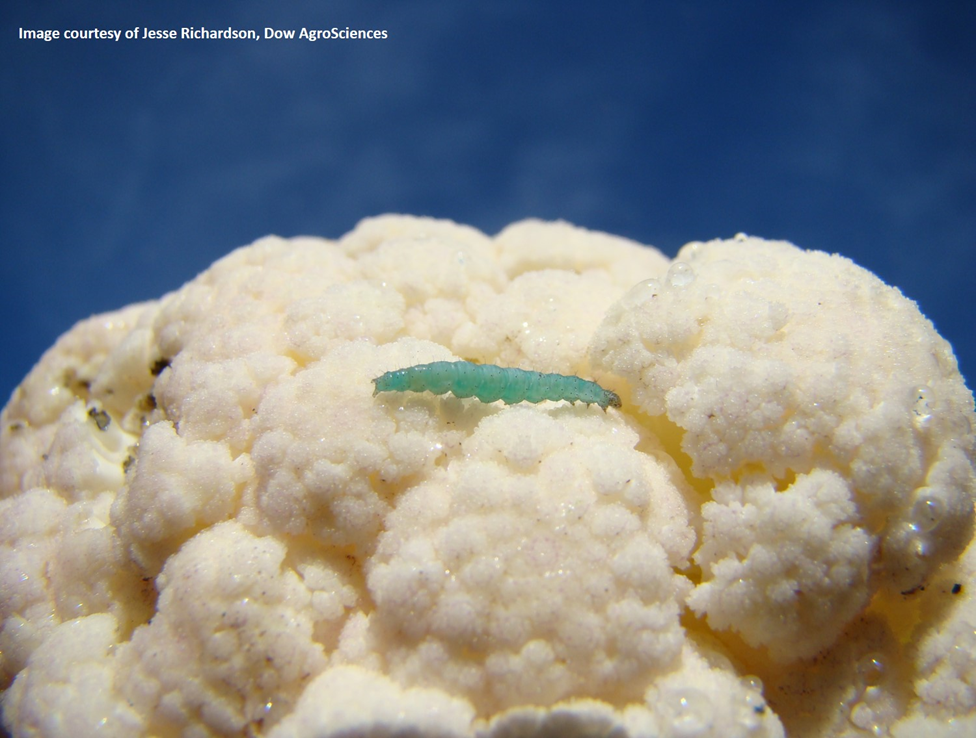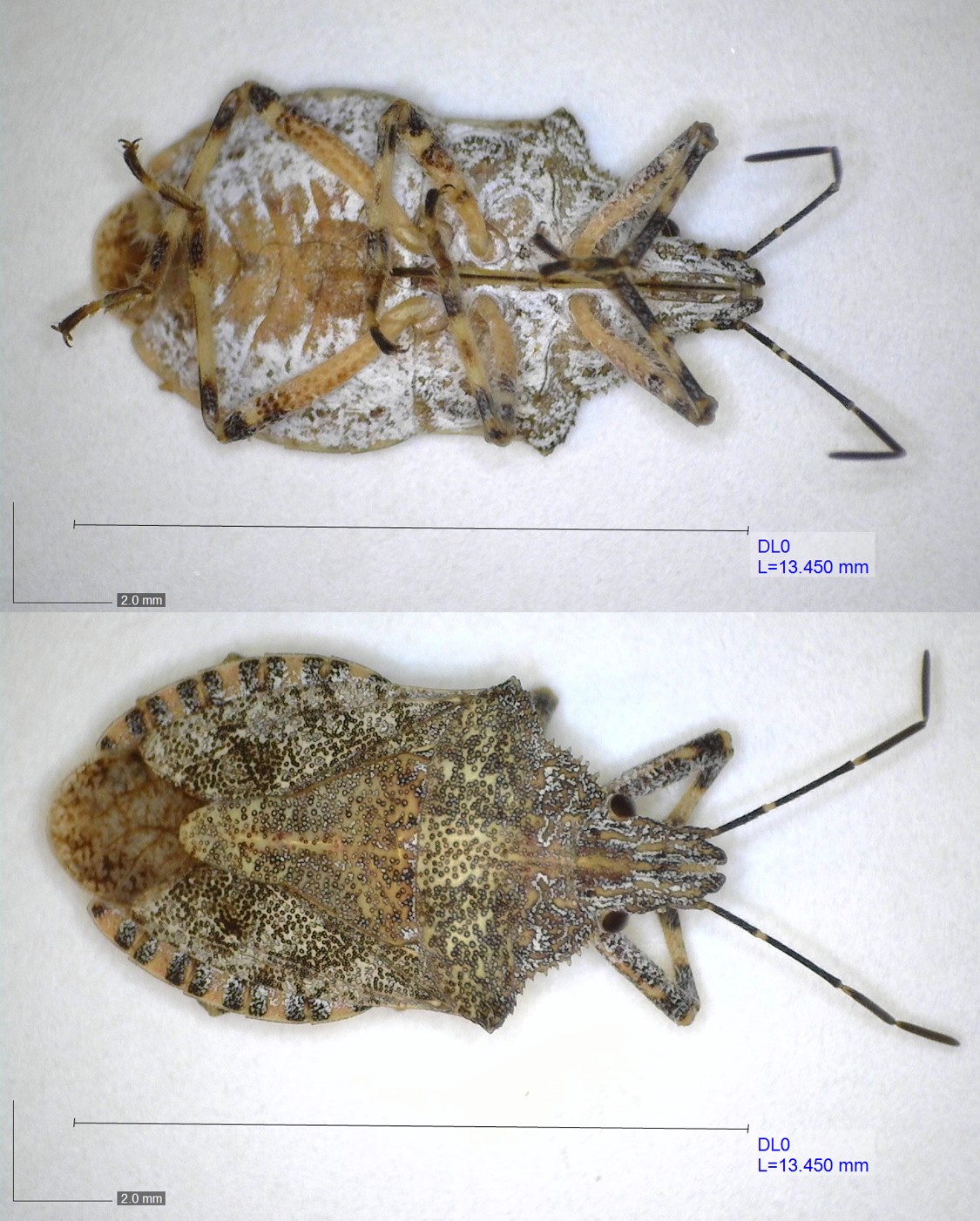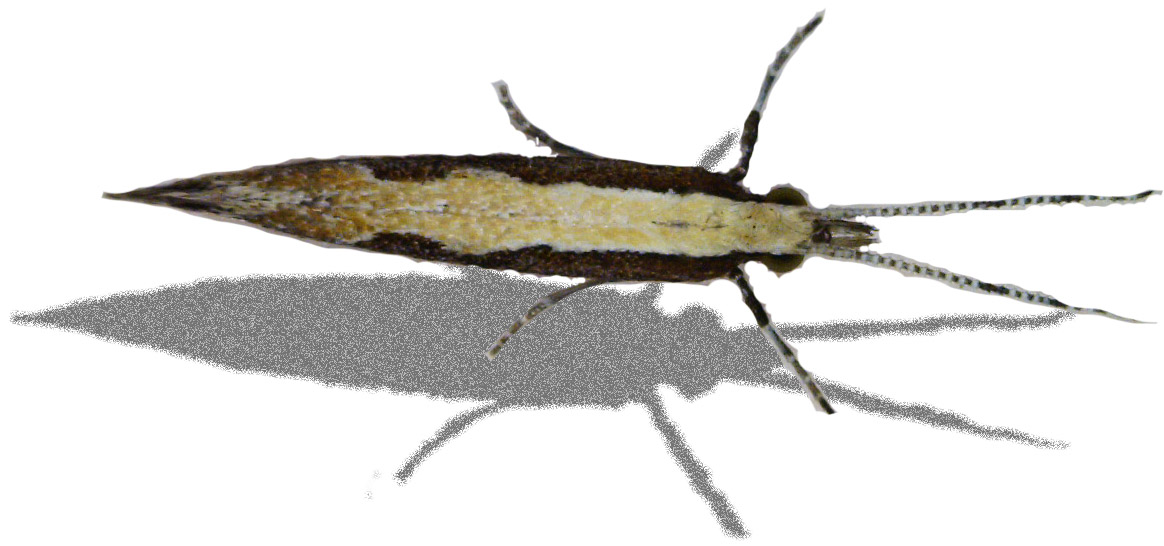
|
|
|
|

|
|||
|
|
|||
In Arizona, the diamondback moth (DBM) is typically considered a minor pest that occasionally builds up to damaging levels in the winter and spring. In most years, growers can easily control the pest with 1-2 well timed insecticide sprays. However, beginning in October 2016 outbreaks of an invasive DBM population occurred throughout all vegetable growing regions in Arizona and continued throughout the remainder of the spring growing season. Cole crops that were affected included broccoli, cauliflower, cabbage, kale, mizuna/arugula, Napa cabbage, bok choy, Brussel sprouts and Brassica seed crops. It was quickly determined that the source of the DBM populations originated from infested transplants grown in local desert greenhouses. Within weeks of transplanting, PCAs and growers found that they could not adequately control the DBM infestations. To further complicate the situation, it was later discovered that the invasive DBM population was very resistant to the anthranillic diamide insecticides that are commonly used to control Lep larvae. After the first transplanted fields began to harvest in November, several growers reported that seriously infested fields suffered significant yield reductions, and incurred extremely high control costs. By late December, DBM populations began to spread from the infested transplanted fields to direct-seeded crops throughout the region, causing further losses. By February, reports of infested broccoli, cabbage and cauliflower fields were routine. The DBM infestations experienced by Arizona growers in 2016-17 were not anticipated, and the resistant population that entered the desert caused serious losses in cole crops. It has been suggested that the DBM outbreaks this year were comparable in severity to the early sweetpotato whitefly outbreaks in 1992. In an attempt to document the impact of the DBM outbreaks on Arizona cole crops, we conducted a two-part survey of growers and PCAs from Yuma and Maricopa Counties in April 2017 to (1) estimate the severity of yield losses to DBM on direct-seeded and transplanted cole crops, and (2) the intensity of chemical management required to control DBM, and associated level of control provided by each insecticide product used. To download a copy of the survey results, please go to Impact of Diamondback Moth Outbreaks on Arizona Cole Crops in 2016-17. | |||
| Back | |||
|
For questions or comments on any of the topics please contact Marco Pena at the Yuma Agricultural Center.
|
|||
|
Home |
Cotton | Veggies |
Forages | Grains
| Citrus |
Crop x Crop Insects | Diseases| Weeds | Pesticides | Economics | News | Weather | Research | Photos | Contacts | General Info. Copyright © 2001 University of Arizona, College of Agriculture and Life Sciences Webmaster: Al Fournier (acis@ag.arizona.edu) |
|||



